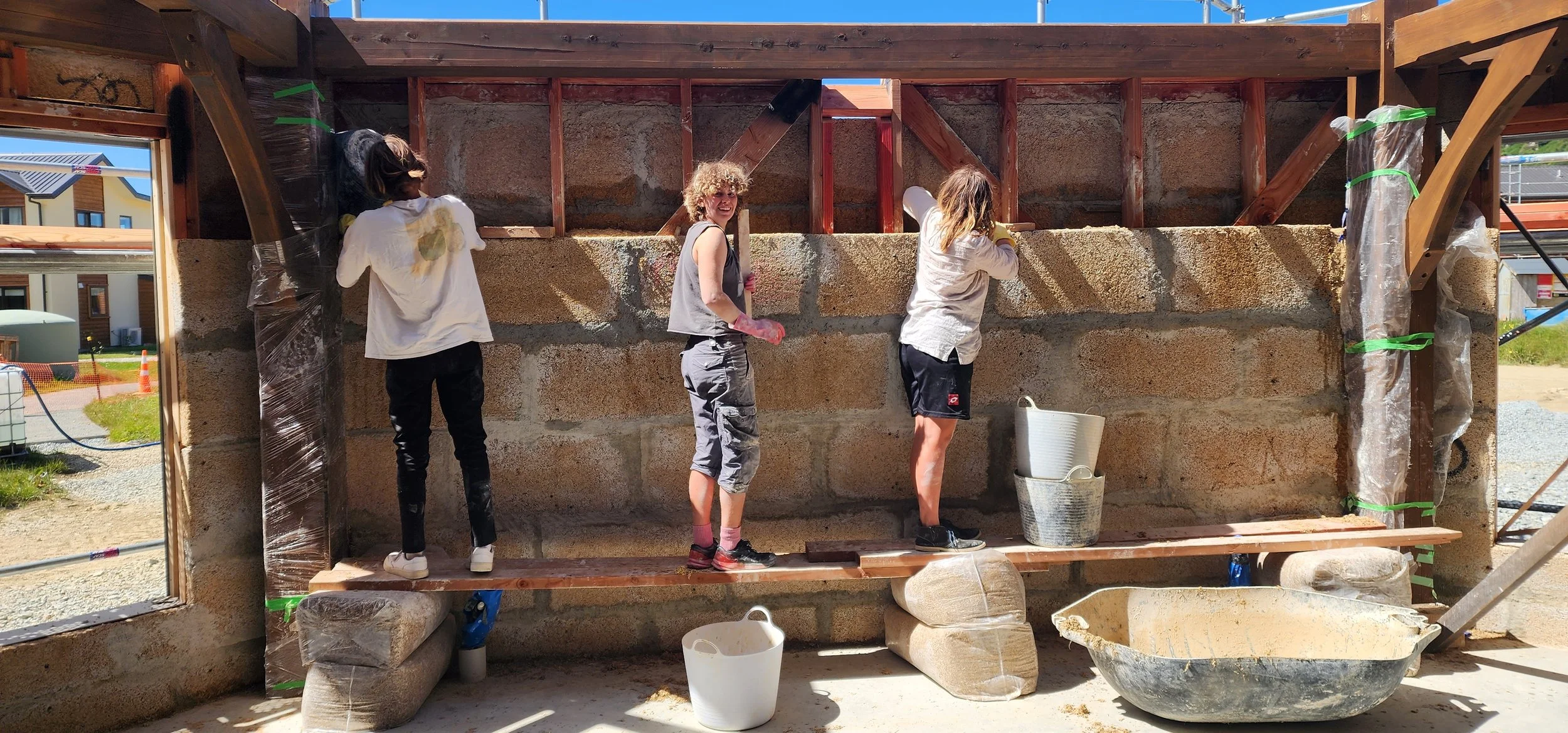Embracing Community: The Principles of Cohousing
In an era where modern living often leads to isolation and disconnection, cohousing emerges as a beacon of community-centred living. Rooted in principles of collaboration, sustainability, and mutual support, cohousing offers a refreshing alternative to traditional housing models.
Let's explore the foundational principles that underpin this innovative approach to community living.
Shared Resources and Common Facilities:
Central to cohousing is the concept of shared resources and common facilities. Residents come together to create and maintain spaces such as community kitchens, gardens, workshops, and recreational areas. These shared amenities promote social interaction, resource efficiency, and a sense of community spirit. By pooling resources, residents can enjoy access to facilities that would be impractical or unaffordable on an individual basis.
“Central to cohousing is the concept of shared resources and common facilities. Residents come together to create and maintain spaces such as community kitchens, gardens, workshops, and recreational areas.”
Participation and Collaboration:
Cohousing is built on the active participation of its residents. From the initial planning stages to day-to-day operations, residents engage in collaborative decision-making processes. This participatory approach fosters a sense of ownership and belonging, empowering individuals to shape their living environment according to their needs and aspirations.
Residents, friends, and family collaborating on constructing the common house. It is inspiring to see loved ones share their time and skills, uniting in the shared goal of creating a space for communal activities and connection. These moments symbolise the essence of togetherness and community spirit within our cohousing environment.
Sustainability and Environmental Stewardship:
Cohousing prioritises environmental sustainability and responsible stewardship of resources. Communities often incorporate eco-friendly design features, such as energy-efficient buildings, renewable energy sources, and water conservation measures. Additionally, residents may share tools, appliances, and other resources to minimise waste and reduce consumption. By embracing sustainable practices, cohousing communities contribute to a more environmentally conscious way of living.
“Cohousing communities are dynamic and ever-evolving entities. Residents are encouraged to engage in lifelong learning, personal development, and skill-sharing initiatives.”
Inclusivity and Diversity:
Cohousing welcomes people from diverse backgrounds, ages, and walks of life. Inclusivity is a core principle, and communities strive to create environments where all residents feel valued, respected, and included. By embracing diversity, cohousing fosters a rich tapestry of perspectives, experiences, and talents, enriching the fabric of community life.
Hempcreting the Common House.
Continual Learning and Growth:
Cohousing communities are dynamic and ever-evolving entities. Residents are encouraged to engage in lifelong learning, personal development, and skill-sharing initiatives. This culture of continual growth and exploration fosters a sense of curiosity, innovation, and adaptability within the community, ensuring its vitality and resilience over time.
In essence, cohousing embodies a vision of community where individuals come together to create vibrant, supportive, and sustainable neighbourhoods. By embracing principles of participation, shared resources, intentional design, respect for privacy, sustainability, inclusivity, and continual learning, cohousing offers a blueprint for a more connected and fulfilling way of life. As we navigate the challenges of modern living, the principles of cohousing serve as a guiding light, showing a path toward a more harmonious and compassionate society.
Feeling called to join us? Send us a message today!



